Tibetan legend has it that Yamdrok Lake was created when a goddess, Dorje Gegkyi Tso, transformed and created the Four Great Wrathful Lakes of Tibet.
The Significance of the Tibetan Plateau
As referred to ‘The Third Pole’1 and ‘The Water Tower of Asia’2 , these recent names bestowed on Tibet are self explanatory in valuing its snow capped mountains and its river sources. The Tibetan Plateau contains more than 46,000 glaciers covering an area of 105,000 sq. km, the most glaciated region on earth.3 It is guarded to the south by the mighty Himalayas, to the north by Kunlun, to its west by Hindu Kush and Pamir ranges. Since time immemorial, the plateau holds the Hindu Kush Himalayan Ice Sheet, considered as the largest ice mass outside the poles4 and is melting away.
The scientists have so far identified 34 such glacial lakes on the northern slopes of the Himalayas. Runoff from these region’s mountains feeds the largest rivers across Southeast Asia, including the Yangtze, Yellow, Mekong, Brahmaputra, Sutlej and Indus rivers.5 Glaciers and Rivers These snow peaks and glaciers enable Tibet to be the source of four major rivers that meets much of Asia’s water demand, for instance as much as 70% of the summer flow in the Ganges and 50- 60% of the flow in other major rivers6 and the Drichu (Yangtze River) river basin accounts for 40% of China’s freshwater resources, more than 70% of China’s rice production, 50% of its grain production, more than 70% of fishery production, and 40% of the China’s GDP.7 The Plateau provides Asia’s fresh water resource from the deserts of Pakistan and India to the rice paddies of southern Vietnam, from the great Tonlesap lake of Cambodia to the North China plain.8 Yarlung Tsangpo or more famously known as the ‘Brahmaputra Himalaya Range 2 River’ with an average discharge of 20,000 m3 /s originates from the glaciers of Mt. Kailash range in Tibet. This mighty river drains an area of 651,335 km2 connecting Tibet (50.5%), India (33.6%), Bangladesh (8.1%) and Bhutan (7.8%).9,10 Close to 47% of the world population thrives on the watershed originating from the Tibetan Plateau. With the major Asian rivers originating from its plateau, the total river basin area (as of 2003 data) is estimated above 5,477,700 km2. That is 3% of the land surface of our planet. Beyond the populations residing in the watersheds of these rivers are the additional hundreds of millions or billions who depend on monsoon rains drawn inland by the Tibetan Plateau.11According to World Wildlife Fund for Nature (WWF), the Tibetan Plateau Steppe—one of the largest land-based wilderness areas left in the world—has the most pristine mountain grassland in Eurasia. Known as the “Roof of the World”, this ecoregion has an average elevation of 4,500 metres (15,000 feet). From here several major rivers (including the Yangtze, Mekong and Indus) begin their long journeys to the sea. Due to its size and its position near the tropics, the Tibetan Plateau is one of the most ecologically diverse alpine communities on Earth.12
(excerpt from The Impacts of Climate Change on the Tibetan Plateau: A Synthesis of Recent Science And Tibetan Research, Environment and Development Desk Department of Information and International Relations (DIIR) Central Tibetan Administration Dharamshala – 176215 H.P. INDIA Tel: +91-1892-222457, 222510, 224662 Fax: +91 – 1892-224957 E-mail: [email protected] Website: www.tibet.net


